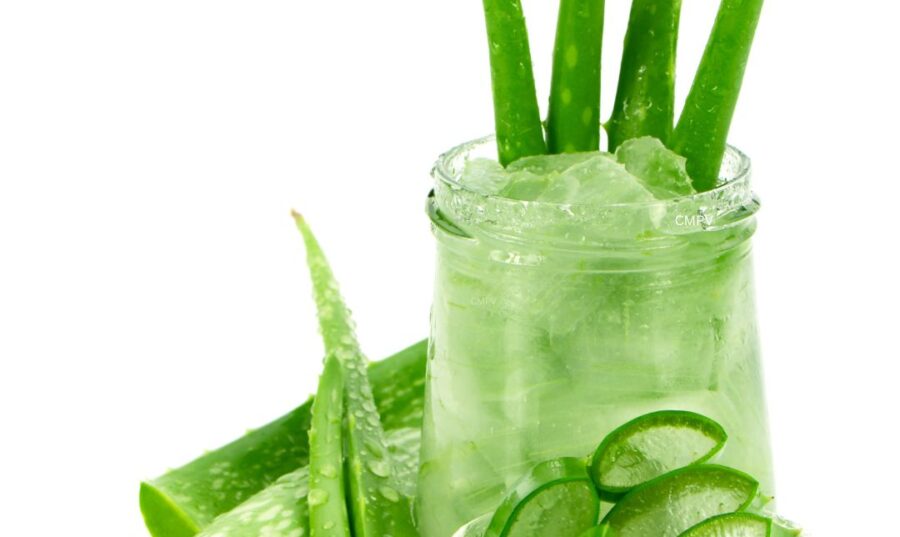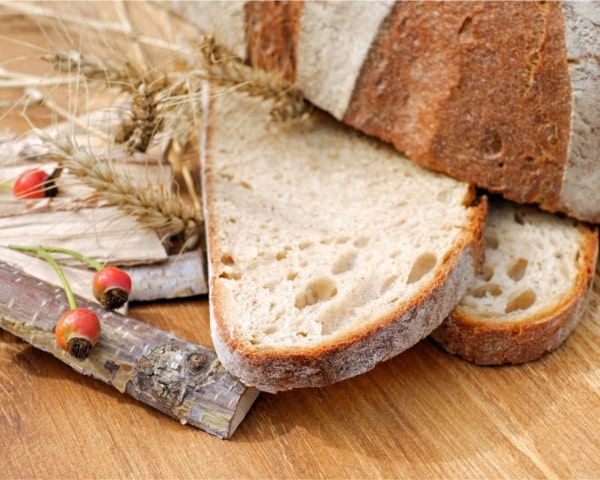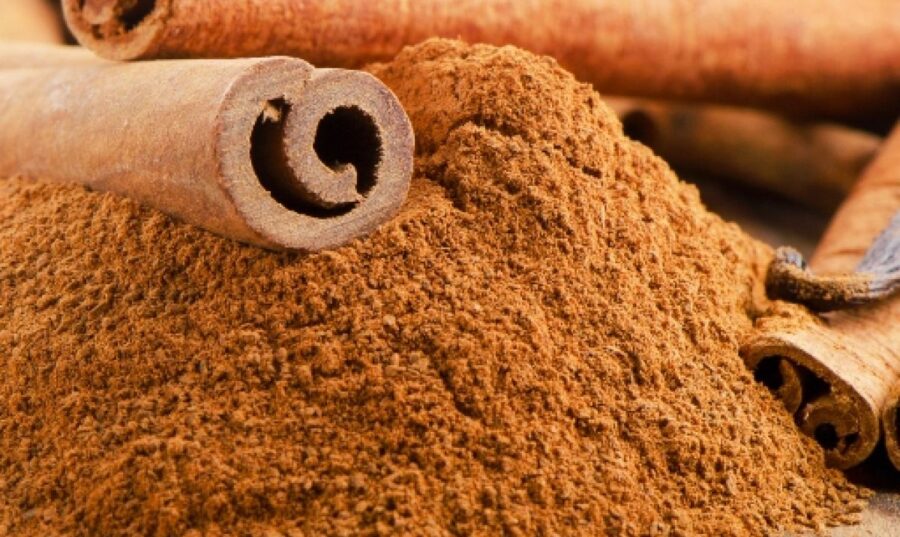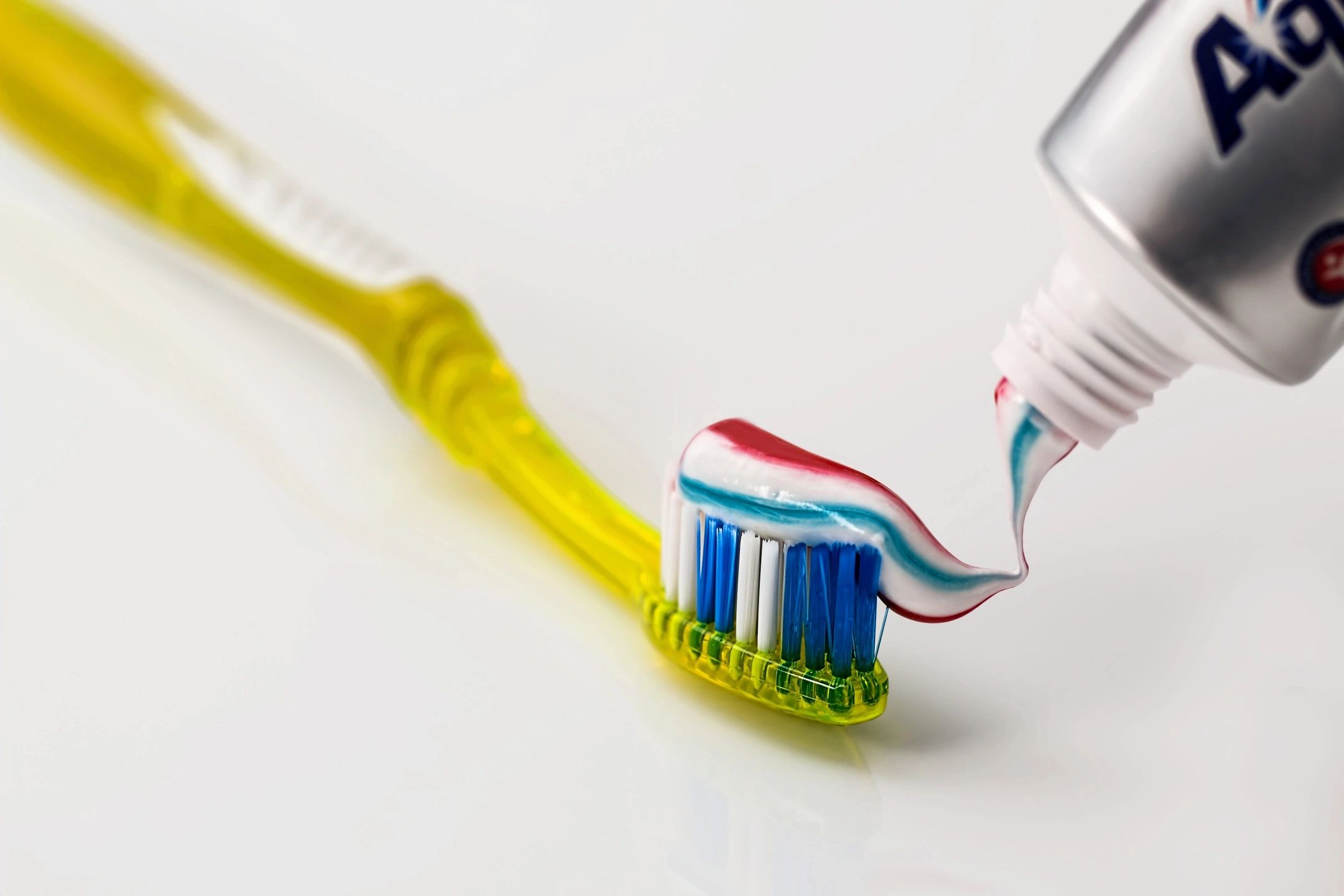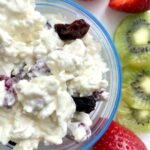|
Getting your Trinity Audio player ready...
|
Sugar alcohol is a compound derived from simple sugars such as glucose and fructose. Contrary to what its name suggests, it is neither a sugar nor an alcoholic beverage. They are white, water-soluble solids that exist naturally or are produced industrially from sugars.
Like any sugar, its flavor is sweet and provides calories or energy to our body. However, it is absorbed much more slowly than other sugars and is handled differently by the body. Sugar alcohol, or polyol, is naturally present in fruits and berries (berries).
Food manufacturing companies use sugar alcohol to sweeten sugar-free products, although it is not as sweet as regular sugar. When used as a sweetener, the food may be sugar-free, but not necessarily calorie-free. Also, they add it to certain foods to give volume and texture, provide a refreshing sensation in the mouth and retain the moisture of the food.
When this sugar is heated, it does not brown or caramelize, as table sugar does. Among the trade names for sugar alcohol, detailed in the ingredient list on labels, are the following nine:
- Xylitol, the most used due to its similarity to table sugar in appearance and sweetness
- Lactitol, Erythritol, Sorbitol, Mannitol
- Maltitol, Galactitol, Isomaltose
- Hydrolyzed starch hydrolysates
Health benefits
Sugar alcohols are not metabolized by oral bacteria and therefore do not contribute to tooth decay. Added as a sweetener in chewing gum, it is an important dietary tool in the prevention of this health condition. He xylitol is the one that has the most benefits for dental health, followed by erythritol. Also, chewing gum with xylitol can decrease rates of acute otitis media (inflammation of the ear) in young children by 25%.
He mannitol As a medication, it is used to reduce high pressure in the eyes, such as that seen in glaucoma, and to reduce increased intracranial pressure. Medically it is administered by injection. The effects usually begin within 15 minutes and last up to 8 hours. He sorbitol It has been used as a laxative through an oral suspension or an enema, to treat chronic constipation. This polyol acts as a laxative by attracting water to the large intestine, thus stimulating evacuations.
Health challenges
Like many other substances that are not fully digested, excessive consumption of sugar alcohols can cause bloating, diarrhea, and flatulence because they are not absorbed in the small intestine. However, the presence of these symptoms will depend on several factors. For example, the person's weight, whether or not they are fasting and whether the food is liquid or solid. It has been observed that daily consumption of 10 or more grams of mannitol can cause diarrhea. Meanwhile he xylitol and the sorbitol They can cause diarrhea with 20 grams daily, since they are better tolerated.
The consumption of xylitol is related to the irritable bowel syndrome. While people with Celiac Disease Untreated, they usually present malabsorption of sorbitol, as a result of damage to the small intestine. Also, the malabsorption of sorbitol It is one of the causes of persistent symptoms in people who follow a gluten-free diet. He xylitol It can be fatal in dogs, as it has been linked to liver failure in these animals.
Diabetes
As we previously indicated, sugar alcohols are not completely absorbed into the bloodstream from the small intestine. This results in a smaller change in blood glucose than regular sugar (sucrose). This property makes them popular sweeteners among people with diabetes and those on low-carbohydrate diets. In this particular, many of the so-called foods dietary which are labeled as sugarfree either no added sugar They may contain sugar alcohols.
People with diabetes mistakenly think that foods labeled with these phrases will have no effect on their blood glucose level. Since many people usually Eat excessively such foods, your blood glucose level could rise significantly. Consumption of sugar alcohols can affect blood sugar levels, although less than that of table sugar.
Main reference
Godswill, A. C. (2017). Sugar Alcohols: Chemistry, Production, Health Concerns and Nutritional Importance of Mannitol, Sorbitol, Xylitol, and Erythritol. International Journal of Advanced Academic Research, 3(2): 31- 66.

